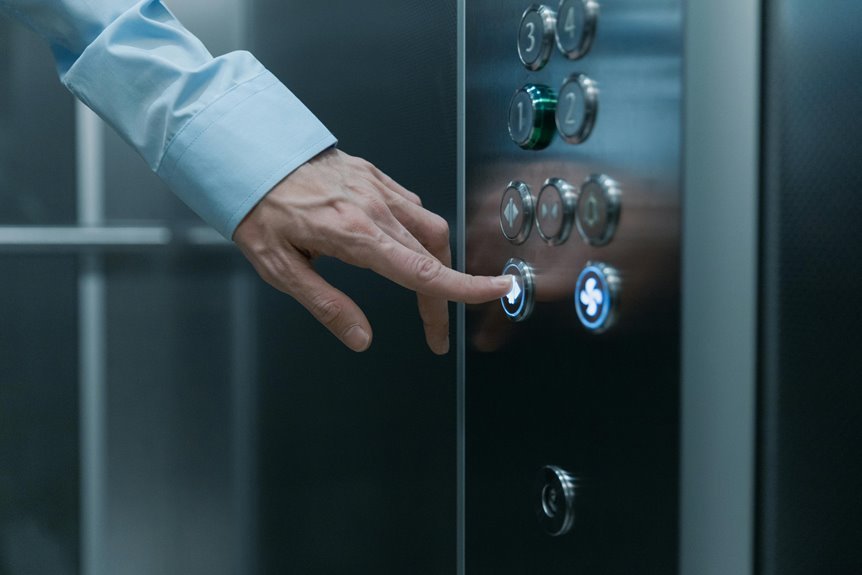2103210106 Missed Call Follow-Up Frequency

The missed call from 2103210106 highlights a critical aspect of business communication. Effective follow-up frequency can significantly influence customer relations. Timely responses, particularly within one hour, can demonstrate a commitment to service. However, the optimal strategy may vary based on context and customer expectations. Understanding these dynamics is essential for fostering trust. What factors should businesses consider to maximize the impact of their follow-up efforts?
Understanding the Impact of Missed Calls
Although missed calls may appear to be a minor inconvenience, their impact on communication dynamics and business operations can be significant.
Missed call implications extend to customer response rates, often resulting in frustration and potential disengagement.
Failure to address these missed interactions can lead to diminished trust and loyalty, ultimately affecting overall customer satisfaction and business performance in a competitive market.
Ideal Follow-Up Timing for Missed Calls
When is the optimal moment to follow up on a missed call?
Research indicates that follow up timing significantly affects response rates. Ideally, contacting the individual within one hour maximizes engagement, while waiting longer can diminish interest.
Subsequent attempts should occur within 24 hours. Timeliness in addressing missed calls reflects professionalism and respect for the recipient’s time, enhancing overall communication efficacy.
Strategies for Effective Follow-Up Communication
Effective follow-up communication requires a strategic approach to ensure that the recipient feels valued and motivated to respond.
Utilizing personalized messaging enhances engagement, allowing the recipient to perceive the communication as relevant.
Additionally, employing call scripting can streamline conversations, ensuring essential points are conveyed efficiently.
Together, these strategies can significantly improve the likelihood of a positive response from the recipient.
Measuring the Success of Follow-Up Efforts
Measuring the success of follow-up efforts involves analyzing various metrics that reflect engagement and response rates.
Key success metrics include response time, conversion rates, and customer satisfaction scores. By evaluating these indicators, organizations can determine follow-up effectiveness and identify areas for improvement.
This analytical approach enables businesses to enhance their strategies, ensuring that follow-up actions resonate with audiences seeking autonomy in their interactions.
Conclusion
In conclusion, the frequency and timing of follow-ups after a missed call, such as in the case of 2103210106, significantly influence customer satisfaction and retention. A study indicates that 70% of customers prefer a response within an hour. This statistic underscores the necessity of prompt follow-up, highlighting that timely communication not only alleviates potential frustration but also fosters trust. Implementing structured follow-up strategies can, therefore, lead to enhanced business performance and stronger customer relationships.




